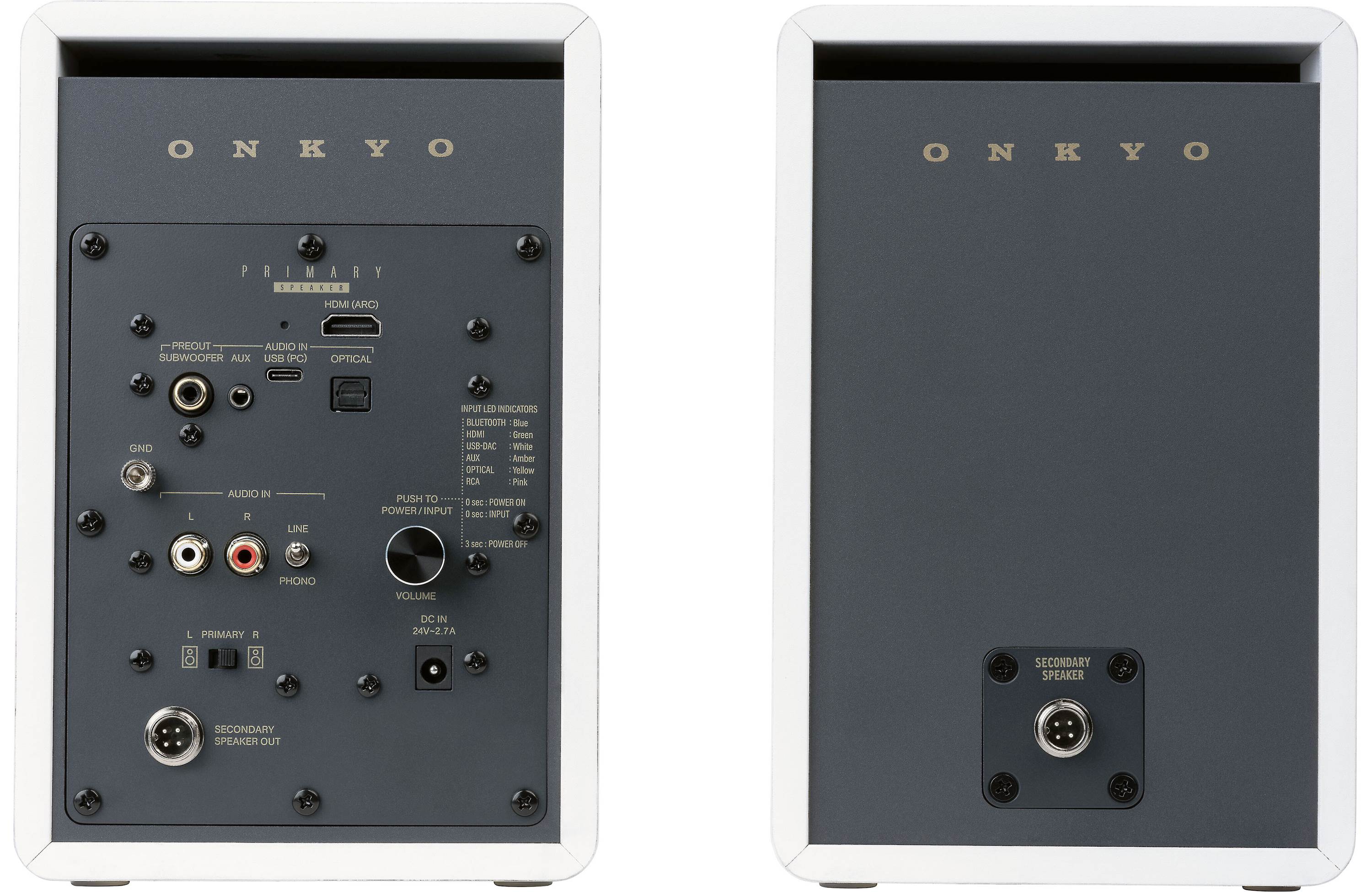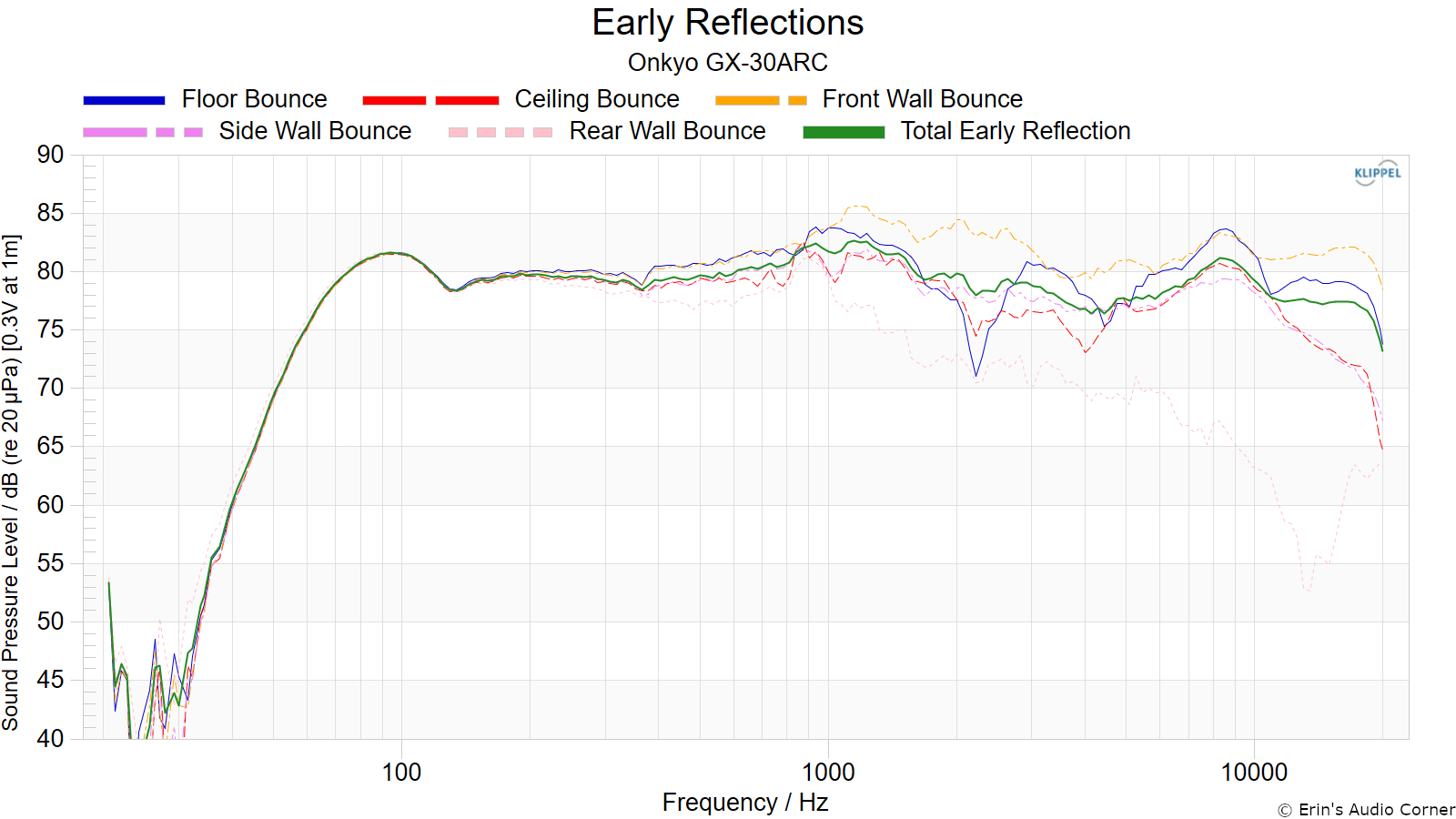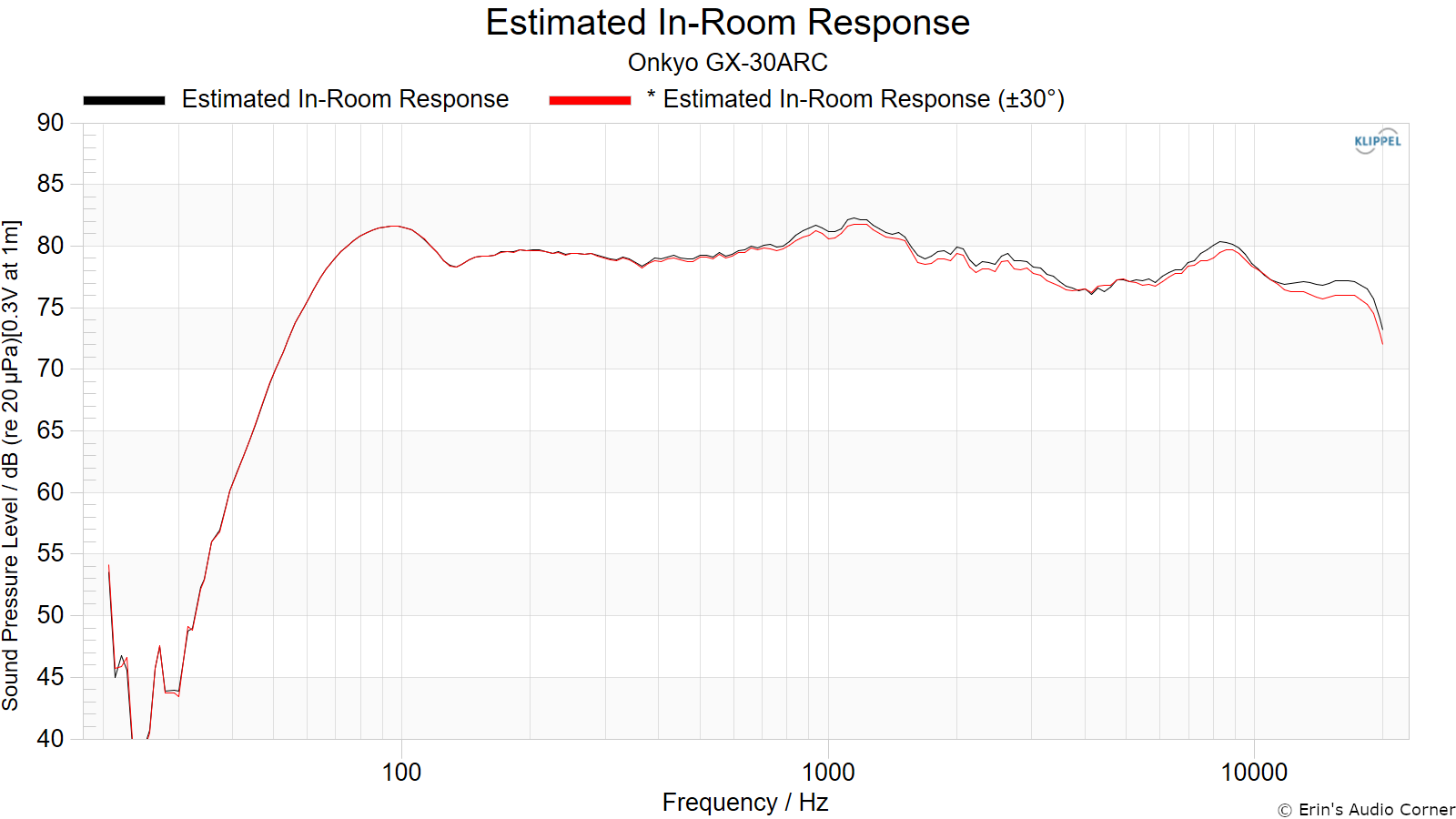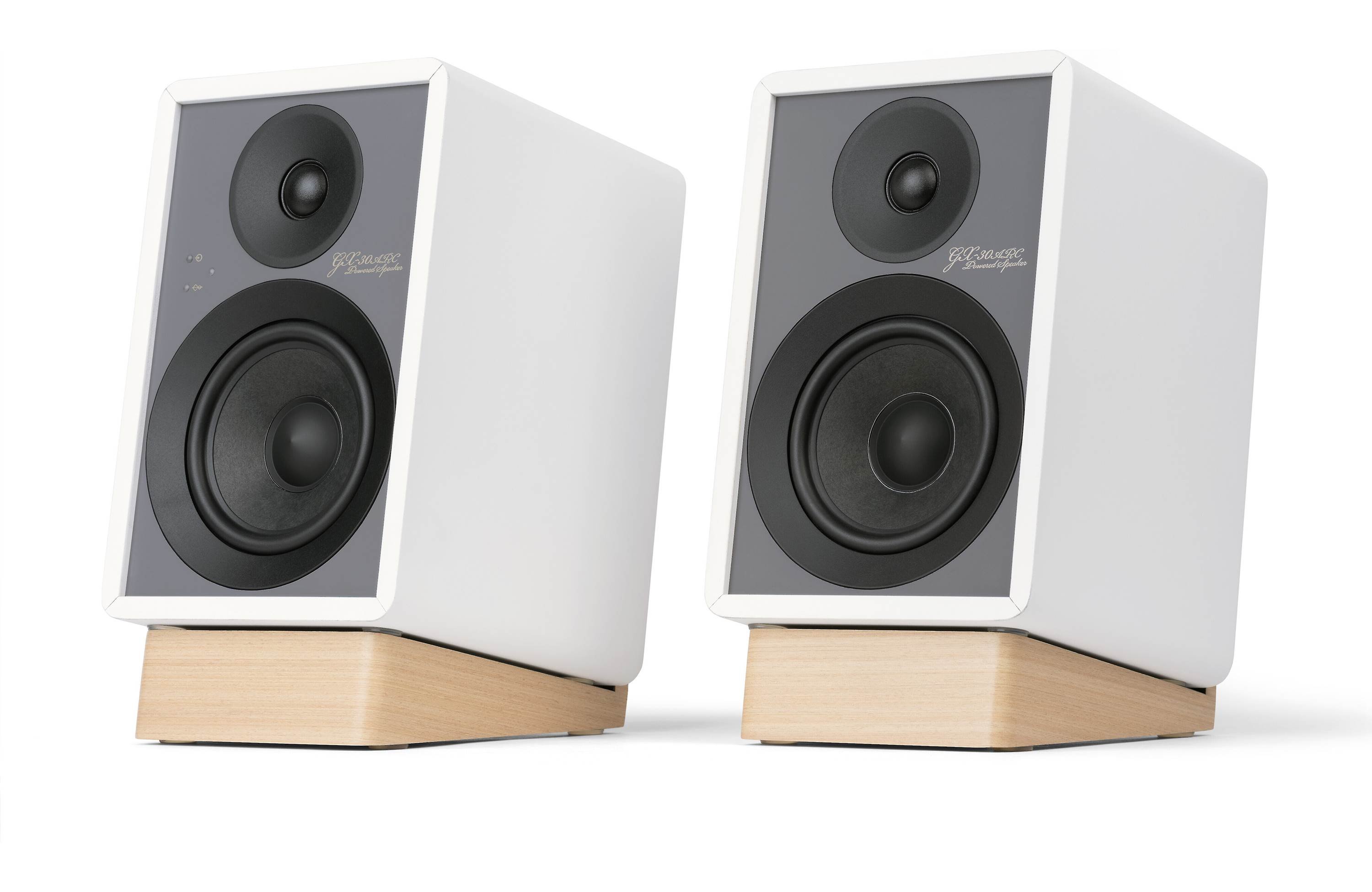Foreword / YouTube Video Review
I was loaned these from the manufacturer to review. I was not paid nor did I receive any other form of compensation for this review.
All my reviews are done on my own time with great care to give you all the best set of data and information I can provide in order to help you make a well-informed purchase decision. I offer this for free to all who are interested. In return, if you want to support this site please see the bottom of this review for ways you can help. It is greatly appreciated.
If, after reading this review, you decide you’d like to buy this speaker then please consider using my affiliate link below. I earn a small commission from it at no additional cost to you:
Crutchfield Purchase Link
The review on this website is a brief overview and summary of the objective performance of this speaker. It is not intended to be a deep dive. Moreso, this is information for those who prefer “just the facts” and prefer to have the data without the filler.
- powered stereo desktop speakers
- 3/4" tweeter
- 4" mid/bass woofer
- 25 watt x 2 Class D amplifier built into main speaker
- uses separate amplifiers for the woofers and tweeters for improved accuracy
- built-in Bluetooth 5.3 for wireless streaming
- bass reflex (ported) cabinet with rear firing port
- Rear-panel connections (active speaker):
- stereo RCA input for an analog source
- rear switch for toggling between line input and phono input
- 3.5mm auxiliary input for a wired connection to a compatible phone or portable audio player
- HDMI ARC input for connecting a compatible TV
- optical digital input for connecting a gaming console or CD player
- USB Type-C input for connecting a computer
- mono RCA subwoofer output for connecting an external subwoofer
- speaker wire output for connecting the passive speaker
- Other info:
- speaker wire included for connecting passive speaker to powered speaker
- rear-panel multifunction knob controls volume and source selection
- remote control included
- included bases angle the speakers 10° upwards and decouple them from your desk
- 5-3/4"W x 8-13/16"H x 7-1/4"D (7-7/16"D for main speaker)
- warranty: 1 year
As of this writing MSRP is $349/pair.

CTA-2034 (SPINORAMA) and Accompanying Data
All data collected using Klippel’s Near-Field Scanner. The Near-Field-Scanner 3D (NFS) offers a fully automated acoustic measurement of direct sound radiated from the source under test. The radiated sound is determined in any desired distance and angle in the 3D space outside the scanning surface. Directivity, sound power, SPL response and many more key figures are obtained for any kind of loudspeaker and audio system in near field applications (e.g. studio monitors, mobile devices) as well as far field applications (e.g. professional audio systems). Utilizing a minimum of measurement points, a comprehensive data set is generated containing the loudspeaker’s high resolution, free field sound radiation in the near and far field. For a detailed explanation of how the NFS works and the science behind it, please watch the below discussion with designer Christian Bellmann:
IMPORTANT SETUP INFO: This speaker was measured with the reference point between the tweeter and midrange. Speaker was broken in. No grille was used. My testing focused on the default setting. However, I have also provided CEA-2034 “SPINOARAMA” data for this speaker’s “DSP Flat” setting.
Measurements are provided in a format in accordance with the Standard Method of Measurement for In-Home Loudspeakers (ANSI/CTA-2034-A R-2020). For more information, please see this link.
CTA-2034 / SPINORAMA:
The On-axis Frequency Response (0°) is the universal starting point and in many situations it is a fair representation of the first sound to arrive at a listener’s ears.
The Listening Window is a spatial average of the nine amplitude responses in the ±10º vertical and ±30º horizontal angular range. This encompasses those listeners who sit within a typical home theater audience, as well as those who disregard the normal rules when listening alone.
The Early Reflections curve is an estimate of all single-bounce, first-reflections, in a typical listening room.
Sound Power represents all of the sounds arriving at the listening position after any number of reflections from any direction. It is the weighted rms average of all 70 measurements, with individual measurements weighted according to the portion of the spherical surface that they represent.
Sound Power Directivity Index (SPDI): In this standard the SPDI is defined as the difference between the listening window curve and the sound power curve.
Early Reflections Directivity Index (EPDI): is defined as the difference between the listening window curve and the early reflections curve. In small rooms, early reflections figure prominently in what is measured and heard in the room so this curve may provide insights into potential sound quality.


Early Reflections Breakout:
Floor bounce: average of 20º, 30º, 40º down
Ceiling bounce: average of 40º, 50º, 60º up
Front wall bounce: average of 0º, ± 10º, ± 20º, ± 30º horizontal
Side wall bounces: average of ± 40º, ± 50º, ± 60º, ± 70º, ± 80º horizontal
Rear wall bounces: average of 180º, ± 90º horizontal

Estimated In-Room Response:
In theory, with complete 360-degree anechoic data on a loudspeaker and sufficient acoustical and geometrical data on the listening room and its layout it would be possible to estimate with good precision what would be measured by an omnidirectional microphone located in the listening area of that room. By making some simplifying assumptions about the listening space, the data set described above permits a usefully accurate preview of how a given loudspeaker might perform in a typical domestic listening room. Obviously, there are no guarantees, because individual rooms can be acoustically aberrant. Sometimes rooms are excessively reflective (“live”) as happens in certain hot, humid climates, with certain styles of interior décor and in under-furnished rooms. Sometimes rooms are excessively “dead” as in other styles of décor and in some custom home theaters where acoustical treatment has been used excessively. This form of post processing is offered only as an estimate of what might happen in a domestic living space with carpet on the floor and a “normal” amount of seating, drapes and cabinetry.
For these limited circumstances it has been found that a usefully accurate Predicted In-Room (PIR) amplitude response, also known as a “room curve” is obtained by a weighted average consisting of 12 % listening window, 44 % early reflections and 44 % sound power. At very high frequencies errors can creep in because of excessive absorption, microphone directivity, and room geometry. These discrepancies are not considered to be of great importance.

Horizontal Contour Plot (normalized):

Vertical Contour Plot (normalized):

Additional Measurements
Response Linearity

Horizontal Frequency Response:

Vertical Frequency Response:

Step Response

Group Delay

Burst Decay
This data is full anechoic where most spectral decay type graphics are created using quasi-anechoic data. For more information on the differences between Burst Decay and Cumulative Spectral Decay (CSD) graphics please see Section 6.5 of the ARTA User Manual linked below. I would like to extend a professional "thank you" to Ivo Mateljan for this software.

Harmonic Distortion
Harmonic Distortion at 76dB @ 1m:

Harmonic Distortion at 86dB @ 1m:

Harmonic Distortion at 96dB @ 1m:

Dynamic Range (Instantaneous Compression Test)
I apologize. I had the incorrect settings for this test and did not realize it until much later; after I had already returned the speakers. However, the multitone compression testing below will give you an idea of the overall output limitations using a longer-term test signal.
Multitone Distortion
The following tests are conducted at (4) approximate equivalent output volumes: 70/79/87/96dB @ 1 meter. The (4) voltages listed in the legend result in these SPL values. This test signal is dense, similar to pink noise and excites the entire spectrums listed below at the same time. The test signal lasts 30 seconds. This is different than the sine wave test signal used to measure frequency response. The purpose of this distortion and compression test is to illustrate how much (if at all) the output changes as a speaker’s components temperature increases (i.e., voice coils, crossover components) over time.
Given the test signal is similar to pink noise and exciting the entire spectrum at the same time I also include compression results, which is captured at the same time distortion is captured. Sometimes these results differ from the compression results you see above (namely with powered designs incorporating DSP-based limiting).
Note: The KLIPPEL software shows compression in the positive scale.
The test was conducted in (3) manners:
- Full bandwidth (20Hz to 20kHz)
- 80Hz to 20kHz
The reason for the two measurements is to simulate running the speaker full range vs using a high-pass filter at 80Hz. However, note: the 2nd test low frequency limit at 80Hz is a “brick wall” and doesn’t quite emulate a standard filter of 12 or 24dB/octave. But… it’s close enough to illustrate the point.
- Full bandwidth (20Hz to 20kHz)


- 80Hz to 20kHz


Parting / Random Thoughts
Preface:
This speaker offers two DSP settings: “Default” and “Flat.” Ironically, neither setting is actually flat. I was so surprised by the measurements and what I heard that I reached out directly to an Onkyo engineer in Japan. I wondered if something was wrong, since at the time of my review and data collection this speaker hadn’t hit primetime yet. Here’s the quoted response I received:
“We have confirmed.
Although we do not know whether the measurement environment was the same, it is true that the Creator Series Flat Sound Mode has non-linear parts in the low and low-mid ranges.
The reasons are as follows: We think “flat sound” should not merely mean a frequency response that appears as a straight line in measurements, but rather a natural and well-balanced sound that takes human auditory perception into account.
In reality, human ears have varying sensitivity to different frequencies, and low to mid-low frequencies often sound thinner even when they measure as flat. Additionally, large speakers tend to have their low frequencies reinforced by room acoustics, whereas small speakers inherently produce less low-frequency energy and receive minimal room-based reinforcement. As a result, even if the measured response appears flat, the perceived sound often lacks sufficient low-end presence.
Therefore, our product prioritizes not just measurement data, but also the natural balance in real listening environments. We have carefully tuned the sound to ensure it is perceived as flat and natural to the listener.
There are two important things we want to let you know.
The measured frequency response data may not necessarily match the sound image you actually hear.
We make final adjustments based on the sound that actually comes out in an environment that is close to your usage environment."
I don’t love the result—but at least I can say it’s intentional. Still, I can’t help but ask: why not make the “flat” mode actually flat, and reserve the tonal sculpting for the default setting?
And yes—the bass peak/dip/peak weirdness is real. That’s exactly what I asked about. I’ve never seen a response like that, and I honestly assumed they were correcting bad measurement data with DSP. Apparently not.
The Sound and Data
The default setting shows us a speaker that needs boundary reinforcement to act as a quasi-baffle step. Otherwise, the 1-2kHz region is quite “forward” and makes instruments jump out (sax and vocals were most noticeable). The 3-7 kHz dip takes a lot of the life out of music and causes it to be unengaging, at least to me.
The flat setting option sounds much better to me, but it still has its faults. The midrange dip causes vocals to sound hollow to me.
Bass isn’t deep, but I’m not too bothered by this over a 4" powered speaker. Of course, one could make the argument that many pro-audio speakers use DSP to flatten the bass further down in frequency in exchange for SPL. So, does this Onkyo trade bass extension for higher output? Nope, but let’s talk about how I know this…
(I apologize for not having the instantaneous compression data for this speaker. I ran it, but I had the mic plugged into the wrong port and did not realize it until just now when I sat down to look over the results.) However, we can see from the multitone compression the maximum output is limited to about 92-93dB (there is ~ 3.5dB of compression at 96dB). Even with this accounted for, the distortion is very, very high, increasing above -20dB at the 96dB measurement, which is equivalent to over 10% distortion. Therefore, I’d say the more reasonable volume would be around 88-90dB based on the multitone distortion.
Summary
I was hoping for better, especially from an HDMI-powered speaker. I understand the voicing decisions are intentional—but they’re not choices I would have made.
Support / Contribute
I do not take adspace nor do manufacturers pay me for reviews. All revenue is through YouTube ad-revenue or directly from contributions from viewers such as yourself. While this is not my full-time job it’s cool when I’m able to make a few bucks for my efforts.
If you’d like to support the channel I have listed a few ways below. Thank you!
Patreon:
Want to be more involved? On Patreon you can vote in polls, see behind-the-scenes stuff, read about the occasional manufacturer drama (fun, right?), and help shape what I do next.
👉 https://www.patreon.com/erinsaudiocorner
Donate Via PayPal:
If you would like to contribute directly via PayPal that would be appreciated!
👉 https://www.paypal.com/donate?hosted_button_id=CLHSW4L9SBSLY
Generic Affiliate Links:
Anytime you’re buying something online — whether it’s speakers, TVs, or just everyday stuff — you can use the clickable links below. I get a small commission (at no extra cost to you), and it adds up more than you’d think.
Amazon
Crutchfield
Audio Advice
AsciLab Speakers
Arendal Sound
Best Buy
AliExpress
Wal-Mart
Parts-Express
Newegg
Samsung
Target
Thomann
Emotiva
Monoprice
